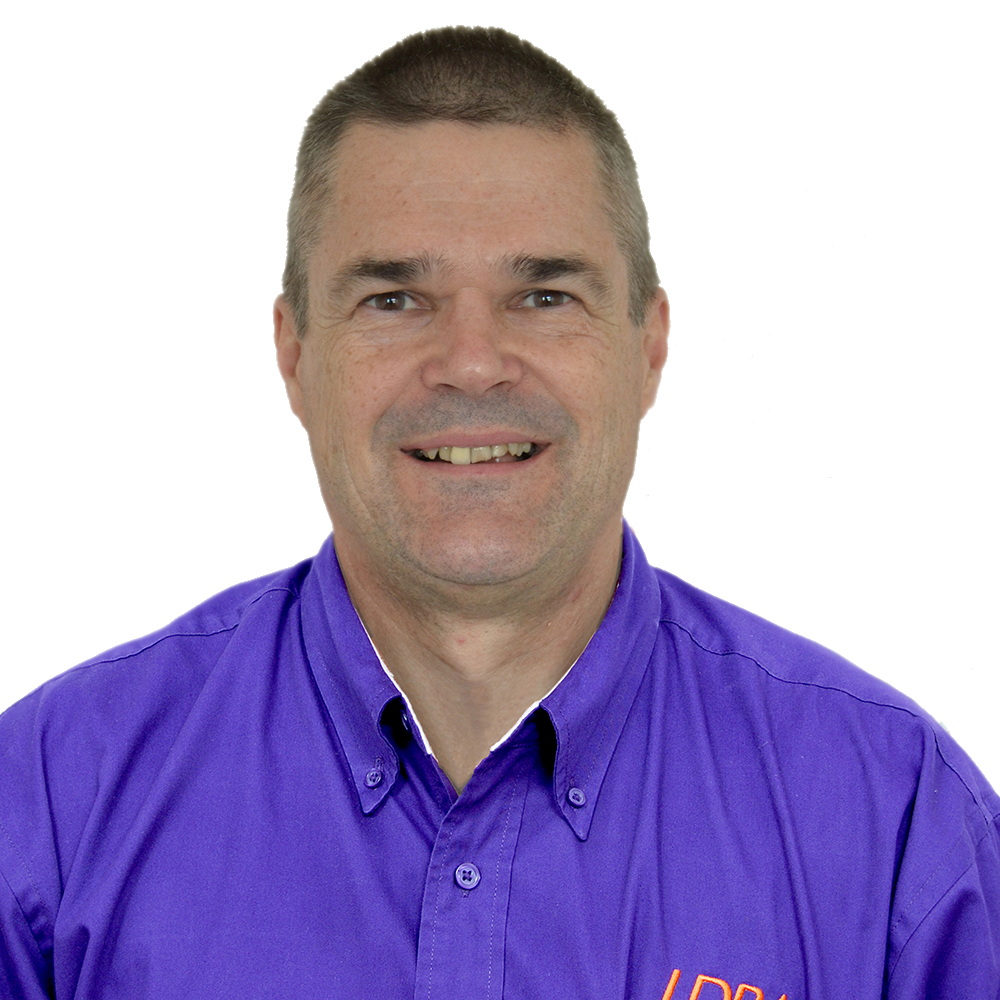Conference Programme Additional Talks
In addition to the Conference Programme, there will be additional optional talks during the lunchtime break.
These shorter ‘Lunch and Learn’ sessions will be hosted by QA Systems and Hitex, who will be sharing their expertise in the Agile space.
Why a Lunch and Learn?
We want everyone to get as much as they can from the day.
As we had such a good response to our call for papers, we looked for an innovative way to be able to include as many talks as possible, whilst maintaining a balanced programme. As a result, we are offering these additional talks, which delegates can choose to attend during the lunch break.
This means that delegates can now ‘Lunch and Learn’, attend the exhibition and network, in addition to attending the main Agile for Embedded conference sessions.
Abstracts and Speaker Bios
Using a Developer test framework with MDK-ARM - Trevor Martin, Hitex
Detecting and fixing bugs in an embedded system can be expensive and time consuming process particularly in a late stage of a project. While unit testing is a formal phase of a project the use of a Developer test framework during the design cycle can speed development, detect bugs early and build confidence that the code is working as expected.
In this presentation we will look at how to add a Developer Test Framework to the popular Keil MDK-ARM toolchain and show how to create test cases for Cortex-M microcontroller projects.
About Trevor

Trevor is a specialist for Arm based microcontrollers. His role includes sales and support for development tools, consulting and project management, developing and presenting workshops and training courses and being all-round Arm guru.
Trevor has also written a number of introductory books to accompany popular microcontrollers and development software, the latest one of which based on his popular Cortex course, was published in May 2013, updated mid 2016 and has a third revision scheduled for 2020.
Automated Testing in a DevOps CI Pipeline - Matt Davis, QA Systems
Learn how configuring tests in a continuous integration Jenkins DevOps pipeline can be automated to allow continuous testing for every code check-in. See examples of automating compliance with architectural design, software metrics and coding standards pre-test. Overviewing automation of pipeline Steps within Stages, the scripting options, triggers and quality gates for fully automated testing and reporting.
Understanding the agile benefits of software analysis and test infrastructure as code for automated testing in a DevOps pipeline.
About Matt

Matt started his professional career in software quality assurance at IPL - a leading independent UK software and systems house. As a qualified software auditor, he worked for 5 years on multi-million pound projects from business critical telecoms to safety critical systems. Since 1996 he has developed and globally marketed embedded unit and integration testing solutions for a diverse range of business safety-critical customers. He left IPL as Products Partner Manager to join QA Systems with the acquisition of the testing products business unit in 2012. In 2015, Matt was appointed Managing Director of QA Systems Ltd.
If you don’t want defects in your code, then don’t put them in! - Mark Richardson, LDRA
That much is obvious, but how can it be achieved? This presentation will explore two of the important techniques available to Agile developers that can really help avoid putting defects into application code.
Coding defects: As soon as any code is written, static analysis should be performed on the code to check the compliance to a coding standard such as MISRA C:2012. This is the best way to ensure that coding errors are avoided.
Application defects: Any iterative development process involves requirements are fluid and flexible within each iteration. But only by demonstrating that code meets requirements can anyone be sure that it does what it should. This conundrum can be resolved by confirming detailed requirements at the end of each iteration, and by then testing against those requirements - preferably on the embedded target.
Come and hear what makes these analysis techniques easy to apply, helping you to avoid putting defects in your code!

Mark Richardson has over 30 years of experience in the development of real-time embedded software in C, C++ and Java. He is currently working for LDRA, where he is a Lead Field Application Engineer working in close collaboration with LDRA’s numerous distributors. Prior to joining LDRA, Mark was the lead application engineer for IBM Rational Rhapsody and has over 12 years of experience using UML on embedded projects. Mark has lived in the UK, France and the USA, working on a variety of embedded projects and is currently living in the UK.
